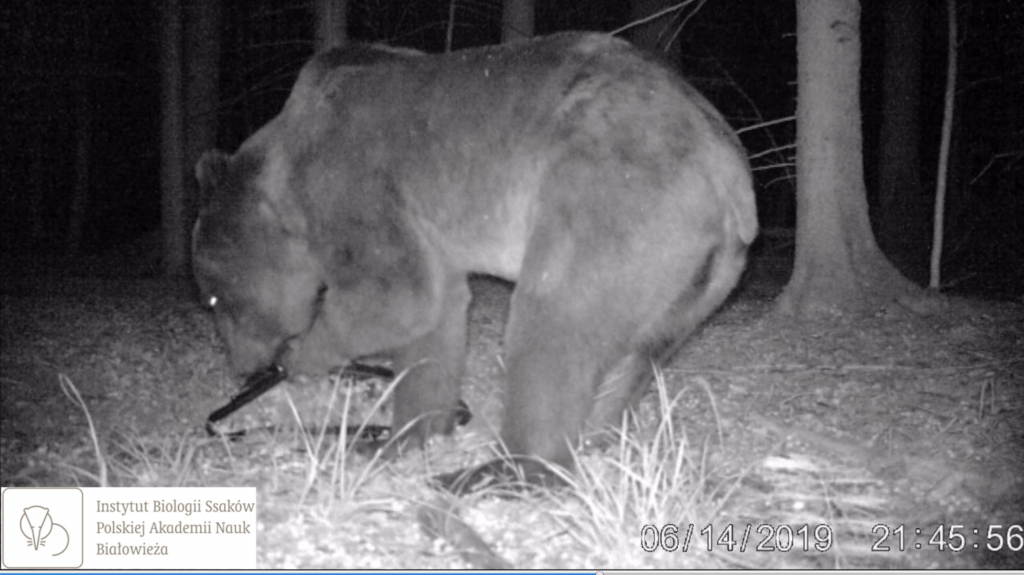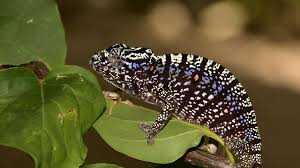When humans arrived in north america there were many wolves. We cannot say how many for sure, but it is thought that there were between 250,000 and 2 million.
Continue reading “Trump administration has ended gray wolfs endangered species protection”Short-sighted habitat destruction continues in Australia
Matt Kean the New South Wales environment is complaining about a decision made at the federal level by his counterpart. What is stupid about this, is that his state department recommended environmental approval for the project.

The project in question will destroy around 52 hectares of prime koala habitat, in order to expand a quarry.
This appears to be a typical attempt to shift blame, as a grass roots campaign has become high profile, and is likely to hit politicians that it touches, making reelection harder.
This is a clear case of a politician wanting credit in both directions on a decision. Kean has stated he wishes to double koala numbers in the state by 2050, while changing state policies which have lead to increased land clearance and more logging, reducing habitat.
In theory, 74 hectares of suitable habitat within the quarry will be created before the destruction, leading to an increase rather than a decrease in koala space to live. However, it has been pointed out that if the land is cleared now the new woodland habitat will take many years to grow to maturity, so for the next 2-3 decades it is a significant loss. Koalas are endangered now, making habitat for them to live in, in the future is fine, but enough need to survive for this to be possible.
It would seem that there has been a failing at a local and a national governmental level, and this needs to be corrected immediately. New South Wales recently released a report, which stated clearly that Koalas will disappear from the state by 2050 if habitat is not protected. Clearly much more light must be shone on the behavior of this group of people
Brown Hyena hunting Aardvark in the Kruger
Personal update – Half term activity – Beaver dams, uk
There has been a slight delay in articles going up due to my family being away for half term. We actually went to Devon to the region that beavers have just been given the right to remain.
Due to the fact that they are largely nocturnal, we did not actually see the animals (we did not take our night vision equipment), however something that we did have success with was finding beaver dams.
One of the most significant groups of people who have been constantly against beaver reintroduction has been farmers. Thankfully, there are some loud voices coming from the farming industry who are fighting against the scientific lies being spouted, suggesting that a native mammal would destroy our countryside..
The dams we found were all within woodland alongside farmland. Beavers tend to dam streams running into rivers. This behavior retains water within the land, which is hugely beneficial in two ways. The first is locally: by retaining water in the land, it is there for the farm, and the local area, meaning that short droughts have far smaller impacts. The second is more widespread: we have had increasing problems with flash floods over the last few decades, and this can be blamed on a number of issues including housing build on flood plains, however beaver dams greatly slow the rise in floods, because the water takes longer to work into the rivers. This therefore means that the water levels never reach difficult or dangerous levels. The third is environmental: Farms use a large number of chemicals, from pesticides to fertilizers. While these benefit our farmers, allowing them to grow more crops, we do not want these in the food chain. Generally these chemicals will settle to the bottom of water if it is not moving fast, so the dams operate as a sieve, removing things that would be bad for humans to consume further downstream.
One of the things that impressed me the most was the dam flood was fully enclosed within the woodland, so while it is true that farmland was at times only meters from the flooding, it was unaffected. Whats more, this would be the case in the majority of the country. Farmers do not plant crops in areas too close to streams- this is for a simple reason, that know that this land is likely to be waterlogged. Indeed this is why there is often little copses of trees in steep valleys, and these little copses are perfect habitat for beavers. Their presence allows more water to be retained within the farm. It also increases biodiversity making the farm far less likely to suffer loss from the natural world.
To see my pictures of the dams, as well as the photos of beavers from earlier this summer, and indeed to book your own visit to the area please look at the link below.
Is Donald Trumps denial of climate change worse for humanity than Hitler?
Noam Chomsky has suggested that Trumps attitude to global warming, could hurt humanity more than Hitler. Now given global warming is likely to change many lives and impact almost all humans on the planet, it is hard to argue with this.
Indeed he argues that the human race is headed for an environmental catastrophe, and without urgent action it will be too late.
He is particularly clear on his dislike for the behavior of the Republican party, as the only conservative organisation around the world.
Perhaps you should think about that for a moment.
Despite the large number of conservative organisations around the world, the United Sates of America Republican party are the only one that tries to suggest that the Science is wrong.
Don’t worry, I am not trying to suggest that their position is remotely sensible or stands even slight critical thinking. Indeed a majority of the individual states in the USA recognizes climate change and the danger that it poses and are trying to do something about it.
It is essential that sane heads triumph and America comes back to the world table, stops coddling up to dictators, and puts large amounts of money on the table to help the world transition to a clean green economy.
What is the purpose of the american governmental body the EPA – Vote Trump out or it will fail
For the majority of people around the world, the EPA or Environmental Protection Agency, has a clearly defined mission. Indeed right up until Donald Trump became president it was clear to everyone.
However a number of ex officials of the Trump EPA are saying that at the moment the EPA seems to be at war with the environment. Given trumps continual “I want crystal clear water and air” this seems particularly galling.
Continue reading “What is the purpose of the american governmental body the EPA – Vote Trump out or it will fail”Study shows wind turbines kill very few birds
Donald Trump has talked about bird collisions as one of the reasons that he hates wind turbines. Indeed, one of the most often used arguments against wind turbines run along the lines of ” do you hate the birds? then why do you want to erect wind turbines?This is a completely false premise, indeed if someone likes birds you are likely to be heavily in favor of wind turbines and other carbon cutting measures, as global warming is likely to wipe out many species.
Nonetheless this belief had not been looked into in enough detail to accept or reject the hypothesis that wind turbines are bad for birds.
Continue reading “Study shows wind turbines kill very few birds”Voeltzkows Chameleon last seen a century ago, has been found during Madagascar expedition
Białowieża forest on the border between Poland and Belarus is naturally rewinding- now bears
Białowieża forest is the last large forest that still stands, as a part of the primeval forests that once forested the majority of Europe.

It was one of the last refuges of the European bison (or Wisent), and the last wild one was shot in 1921. Thankfully, they were reintroduced shortly afterwards, and there are now at least 700 living wild in this forest.
Wolves were intentionally persecuted from 1946, which lead to a successful eradication by 1960. Thankfully, though this forest is close to more forests too the East, so wolves were able to naturally recolonize. Hunting continued, though in a disorganised and not trying to eradicate them, until 1989 when it was strictly banned.
The last bear was killed in 1879, so well outside living memory.
That is why it was so exciting that a bear was caught on a camera trap last year.
This epic journey, like that of a bear traveling from the eastern bear population to meet with wild Spanish bears, shows that these big predators will make epic journeys, especially when dispersing from their birth home range.
It is essential that new roads are all built with underpasses, as well as building underpasses under current roads. Apart from reducing the number of human deaths in the roads, it also allows for larger single populations which can cope with the pressures of disease, poaching hunting and even global warming.
Polar bears in Iceland
Despite Iceland actually having less ice by far than Greenland (a strange marketing ploy to get people to settle there centuries ago), it is very much arctic nation and and therefore it does occasionally get visits from polar bears.

Polar bears are capable of phenomenally long swims, so if they don’t reach land eventually they will drown. However as Iceland as fall within the Arctic it is not uncommon for ice flows to come within easy reach of the land. While Iceland does not have a permanent population of bears, being as it does not fall within the usual range of arctic sea ice, one of the strange impacts of global warming is that it is in places extending the sea ice- and this appears to be bringing you closer to Iceland which means that these their visits may become more common.
A bear visited in 2016, another one in 2010 and two visited during 2008. Unfortunately ignoring the behavior of the bears completely the Icelandic rules state that any bear should be shot on site. Indeed on several of these occasions not only where the drugs necessary to tranquilize the Bear close at hand but it was argued to this shouldn’t be done anyway.
With polar bears clearly threatened by the loss of the Arctic ice,if global warming is throwing them a lifeline by increasing the ice in parts of the Arctic where it did not exist before, humans must not shoot the bears in areas that they used to not exist. There is a little adjustment that they can make as their ice world disappears, we must not take away any small positive that occurs (even if this is only temporary).

